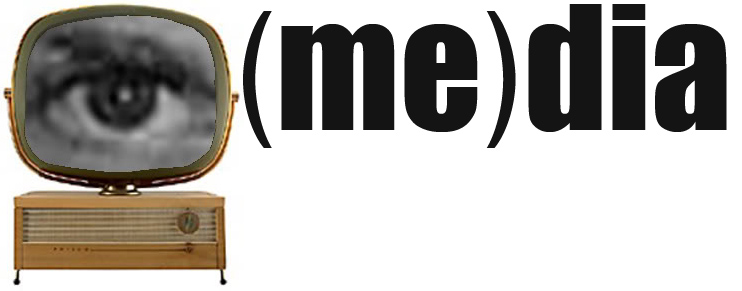Many teachers assign a grade for student participation in class. While I agree that student participation is very important for a successful classroom experience, I am even more interested in developing a community of learning that includes student (and teacher) participation both within the classroom and outside of the classroom. A community of learning encompasses both formal communication patterns and informal communication patterns. It includes our explicit discussions about mass media in our lives and world, but could include conversations with one another as we consume media. It also includes relationships between students just as much as the relationship between the teacher and each individual student.
This grade will be calculated based on multiple assessments, all of which will be measured considering the ways that you contribute to the community of learning in this class. Therefore, some of the areas that will be evaluated in this category include:
1.) your constructive contributions in class (amount, depth of insight, and other-orientation are all important here),
2.) your verbal and non-verbal interaction with others in the class,
3.) your attendance,
4.) your interactions with your peers both inside and outside of class time,
5.) any way you facilitate the learning of other students (clarifying examples in class, phone calls in the evening, sharing notes together, after class discussions, and study groups, commenting on blogs) or
6.) any other contributions that you can make to improving the learning climate within the class.
You should focus on developing a culture of learning together; while the development of relationships with one another is important – it is essential that you orient these relationships toward developing one another’s ability to think about and use mass media well. I assume that in order to succeed in this portion of the class, you will need to have read well and been an active participant in class lecture and discussion.
This grade will be evaluated several ways. I will invite the entire class to advocate on behalf of other members of the class. I will journal after class, noting contributions made by individuals. On some days, I will take notes. Halfway through the semester, I will suggest the grade that I think most appropriate for your community involvement thus far (based on my assessments and the assessments of your peers). If you feel that this grade doesn't accurately reflect the way you contributed to the community of learning, I URGE you to talk to me. We can together reflect on our differing perspectives, and set goals for a better understanding in the second half of the semester.
Clearly, this system doesn’t allow you to either be invisible or domineering in this class. Hopefully we can co-construct a positive learning environment together.
At the end of the class, I will assign the final grade, but will consider the following factors: your personal assessment, your peers advocacy, and observations from my class journal throughout the semester.
